An intriguing look inside the hippie movement, the 1960s counterculture that brought peace, drugs, and free love across the United States.

Source: Some Killer Stories
In the mid-1960s, a never before seen hippie counter-culture blossomed throughout the United States, inciting both the Flower Power movement as well as the general revulsion of more straight-laced, Ward Cleaver-esque Americans.
No longer wanting to keep up with the Joneses or confine themselves to white picket-fenced corrals of repressive and Puritanical sexual norms, these fresh-faced masses would soon come to be known as Hippies.
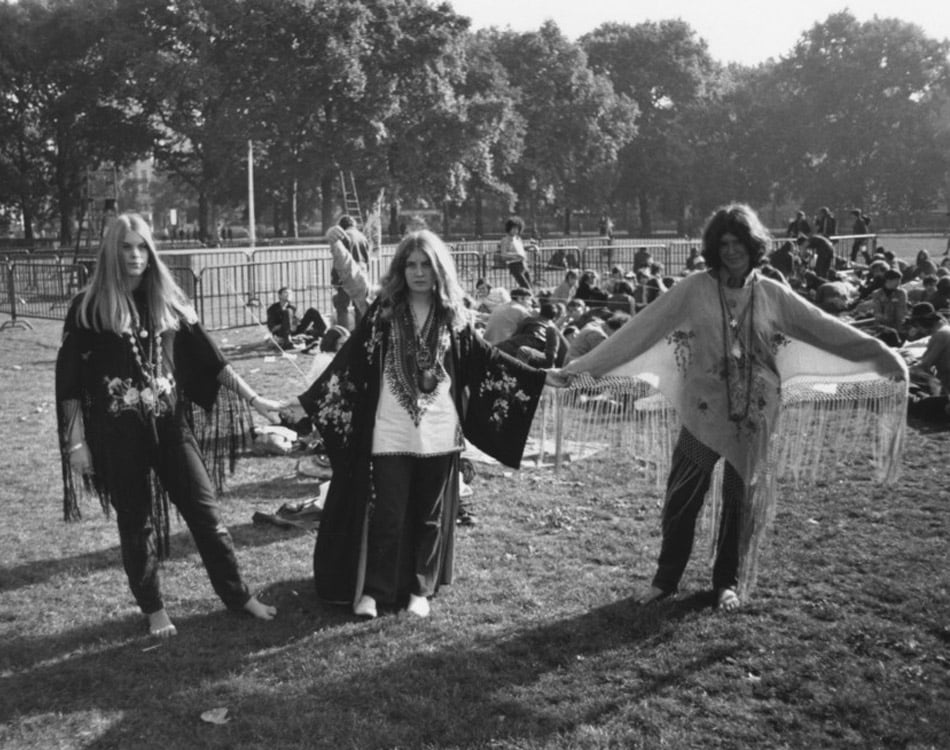
Source: Family Of Love
Originally taken from ‘Hipster’, the term ‘hippie’ was used to describe beatniks who found their technicolor heart in the Haight-Ashbury district of San Francisco; children of the road who believed they should make love, not war.
Their vocal opposition to the United States’ involvement in the Vietnam War and the increasingly rocky road to shared civil rights among all Americans led to this new, alternative form of activism.
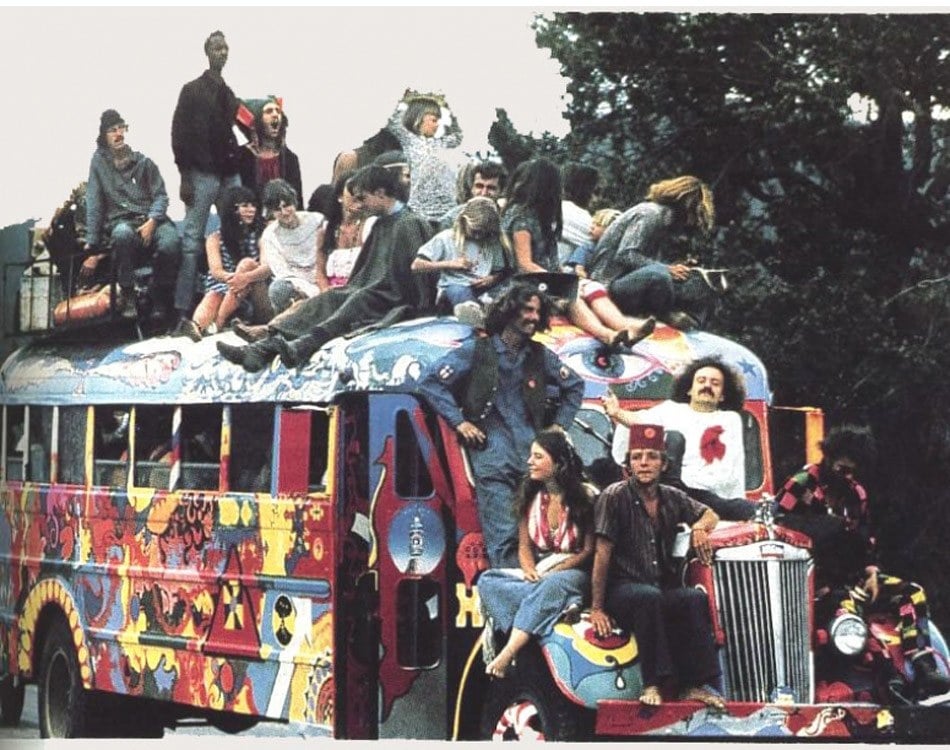
Source: Gen Fash
Donning psychedelic floral clothing and growing beards that rivaled Rasputin’s in length all became part of the evolving counter-culture in the hippie era. With this also came a new epoch of fashion, film and literature; one which would grow out of the San Francisco valley and spill into the daily lives of the masses at home and abroad within the span of a couple of years.
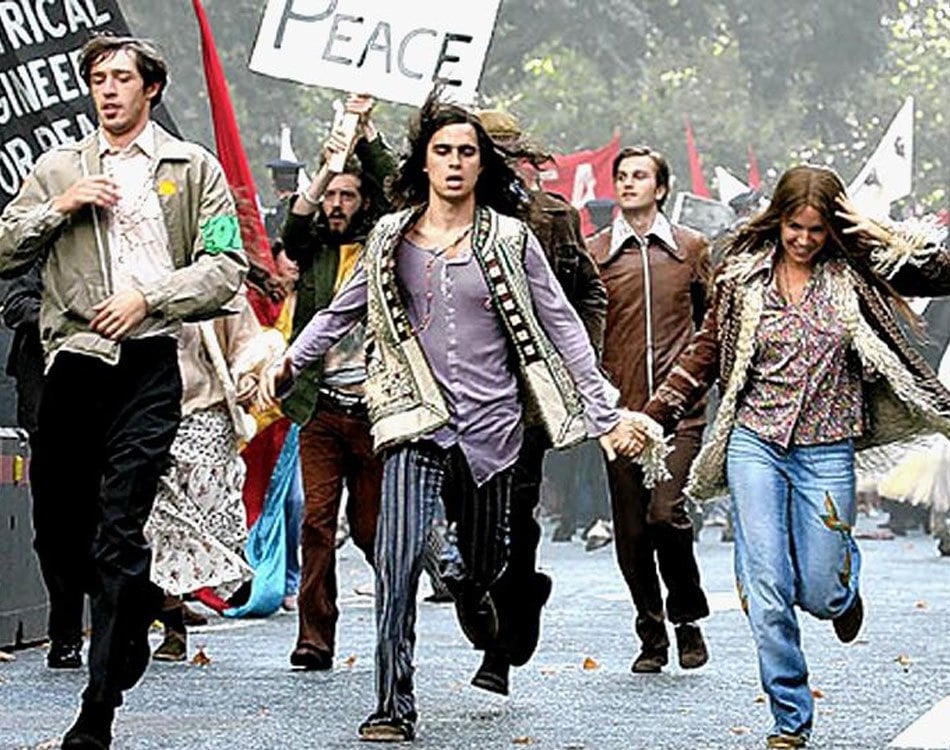
But the hippies weren’t just about experimentation and trouser flares. As mentioned previously, the concept of Flower Power also emerged as a passive resistance to the Vietnam War during the late 1960s.
The beat poet Allen Ginsberg coined the expression in 1965 as a way for people to turn war into peace.
The 1960s Counterculture Revolution And The Hippie Movement

Source: Historicus Inc.
To give physical meaning to one poet’s vision, hippies cloaked themselves in floral fabrics and would dole flowers out to both the public and soldiers alike.
Through this, they became known as flower children, singing and smiling activists who used props to turn anti-war rallies into guerrilla street theatre across the States. The most famous demonstrations were carried out by the Bread and Puppet Theatre Company, whose members crafted elaborate costumes for the rallies.
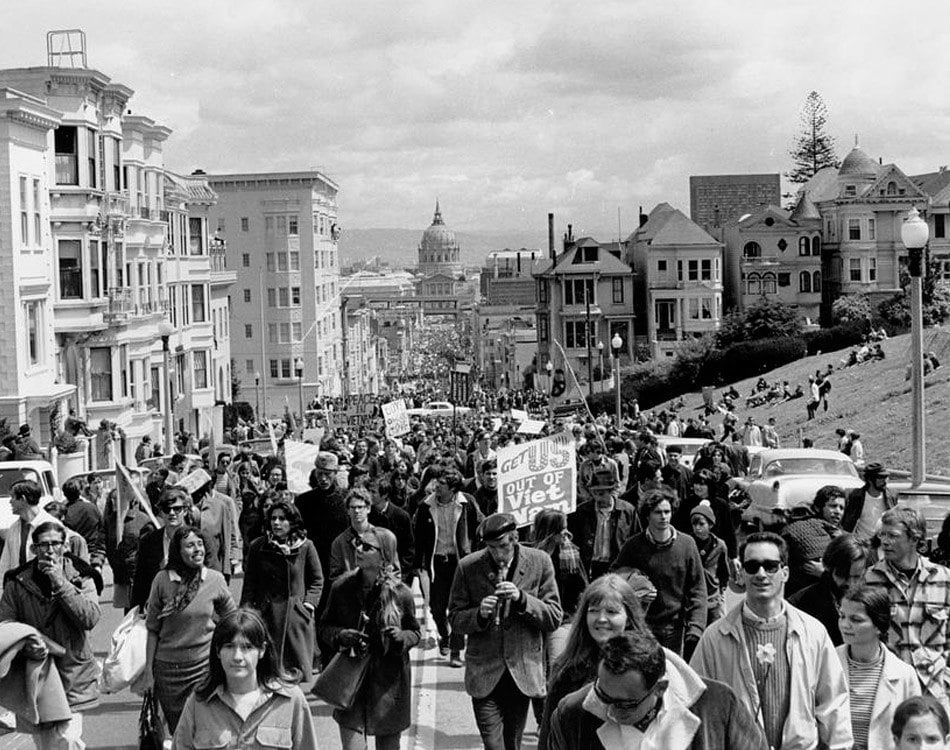
Source: Flickr
Perhaps one of the most poignant moments of the movement was on October 21st, 1967. 100,000 hippies, liberals and others marched peacefully on the Pentagon in an attempt to levitate it.
They were met with a human barricade of 2,500 soldiers surrounding the Pentagon. And soon enough, violence erupted when the more radical protestors clashed with US Marshals. The protest lasted for almost three days before order was restored.

Source: Sarah Luna Dear
To further promote their pacifist cause, some in the hippie movement placed flowers in the barrels of the soldiers’ guns while others made daisy chains. Clearly, the recent words of activist Abbie Hoffman remained in their consciousness. In a May Workshop in Nonviolence magazine, he wrote: “The cry of ‘Flower Power’ echoes through the land. We shall not wilt. Let a thousand flowers bloom.”
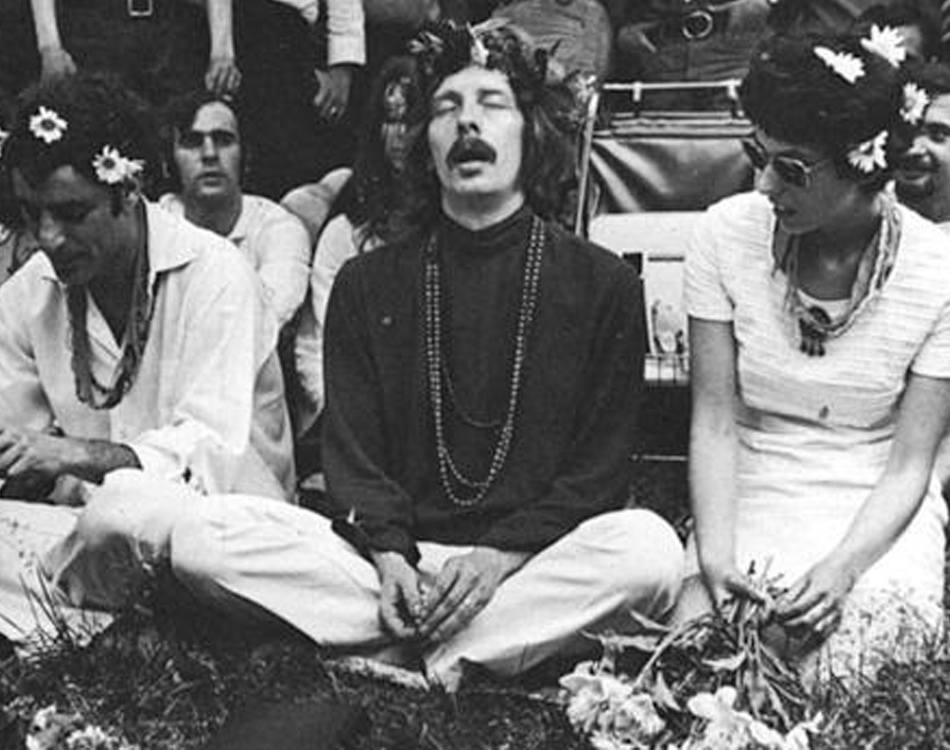
Source: Google
But by the mid-1970s, the hippie movement began to slow. After all, the United States was out of Vietnam, civil rights had at least formally been adopted in federal legislation, and, well, the yuppies had arrived. Young urban professionals who wanted to make a career for themselves began to occupy more national attention and thus the social libertarianism of the hippies took on a more symbolic role.
More Videos About The Hippie Movement
If you enjoyed this history of hippies, be sure to see our other posts on the most iconic photos of the 1960s and life on hippie communes. Finally, check out some of the most incredible Woodstock photos that will transport you back to 1969.






